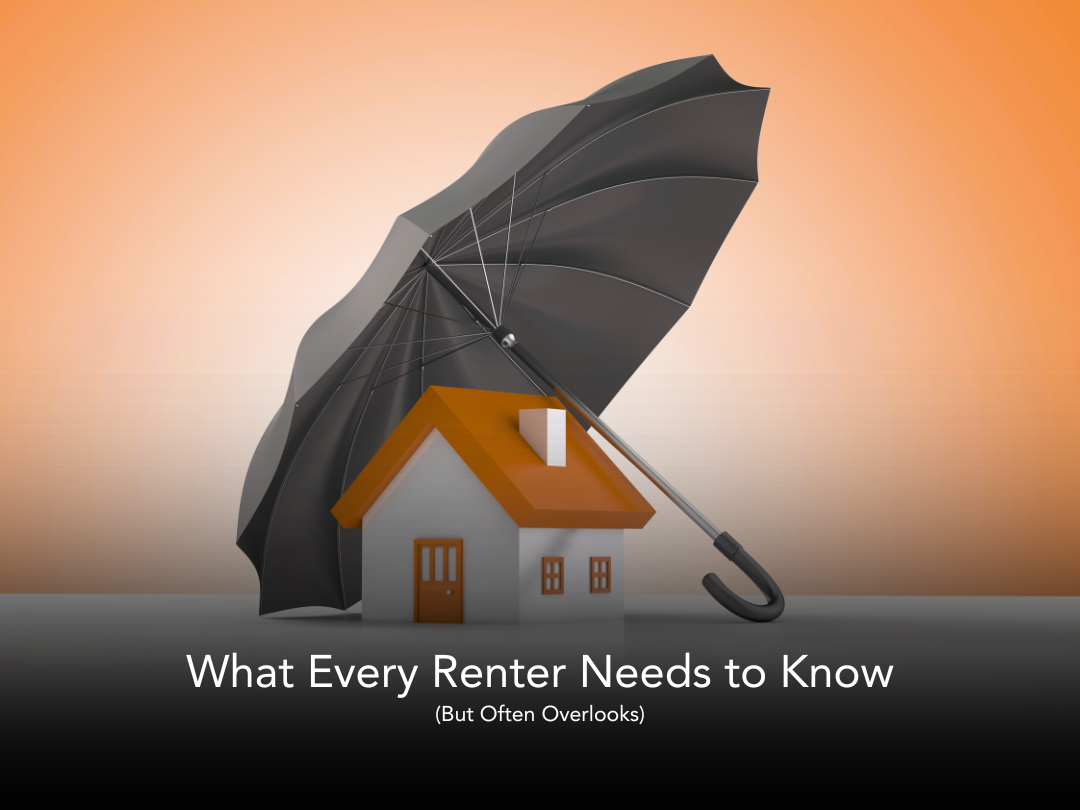Moving can be both exhilarating and stressful, and adequate preparation is key to a smooth transition. One of the primary considerations when planning a move is budgeting. The expenses involved depend on various factors, including the timing of the move, the distance, the size of your home, and the type of moving services you opt for. Here's a comprehensive guide on what you need to know to be prepared and tips for saving during your move.
Timing and Location Impact Costs
Day and Seasonal Factors: The day of the week and the season significantly influence moving costs. Weekends, especially Saturdays and Sundays, tend to be popular choices for moving, leading to increased rates. Additionally, moving during the summer, a peak season, can result in higher costs. To save, consider weekdays and off-peak seasons.
Distance and Truck Rental Costs: Local moves typically incur truck rental costs ranging from $50 to $300 per day, including factors like gas, rental fees, and insurance. Long-distance moves can be substantially more expensive, ranging from $400 to several thousand dollars. Some truck rental options offer tow trailers, potentially saving on separate vehicle transportation costs.
Size of Your Home
Begin with a base budget of $200 for a local move in a one-bedroom home and incrementally increase it. Add around $175 per room, along with labor costs. For instance, a four-bedroom house might cost up to $1,000.
Moving Services
Various Service Options: Moving services can range from packers to movers to specialty item fees. The American Movers Association estimates that the average cost of moving across state lines is $4,300, while local moves average around $2,300.
Packing Services: Professional packing services can be added at approximately $25-35 per hour, potentially including the costs of packing supplies. Assess the value based on your time and preferences.
Protection Plans: To safeguard your belongings, a protection plan covering the full value of your goods may be desired. Premiums are typically calculated based on the estimated value per pound of your items.
Tips for Saving on Moving Costs
DIY Approach: If feasible, consider packing and loading by yourself or with the help of friends and family. This DIY approach can save you thousands of dollars.
Enlist Help from Friends and Family: If friends and family are assisting, ensure everything is packed before they arrive. Show appreciation by buying lunch or sending gift cards.
Reuse Packing Supplies: Ask friends or check social media for spare packing supplies. Amazon boxes and recycling bins can be excellent sources of free packing materials.
Use a Pickup Truck for Local Moves: If the move is local, using a pickup truck can be cost-effective. Renting a U-Haul pickup, starting at $19.95, can be cheaper than loading a truck, especially if you own the pickup.
Budgeting and Self-Care for a Successful Move
Whether moving locally or long-distance, thorough budgeting is essential to avoid unexpected expenses. Consider factors such as when and where you're moving, the size of your home, and the desired moving services. Additionally, adopt cost-saving tips like a DIY approach, enlisting help from friends, reusing packing supplies, and leveraging pickup trucks for local moves. Once the move is complete, prioritize self-care to relax and enjoy your new space.
For more insights into property management and real estate investment, contact 208.properties today.
As you plan your move, ensuring you have the right tools and resources can make all the difference. To help you streamline the process, we’ve curated a selection of top-rated moving products available through our Amazon Affiliate partnership. From durable packing materials to organizational essentials, these items are designed to facilitate a smoother, more efficient moving experience.
Check out our recommended products and make your next move the easiest one yet!












